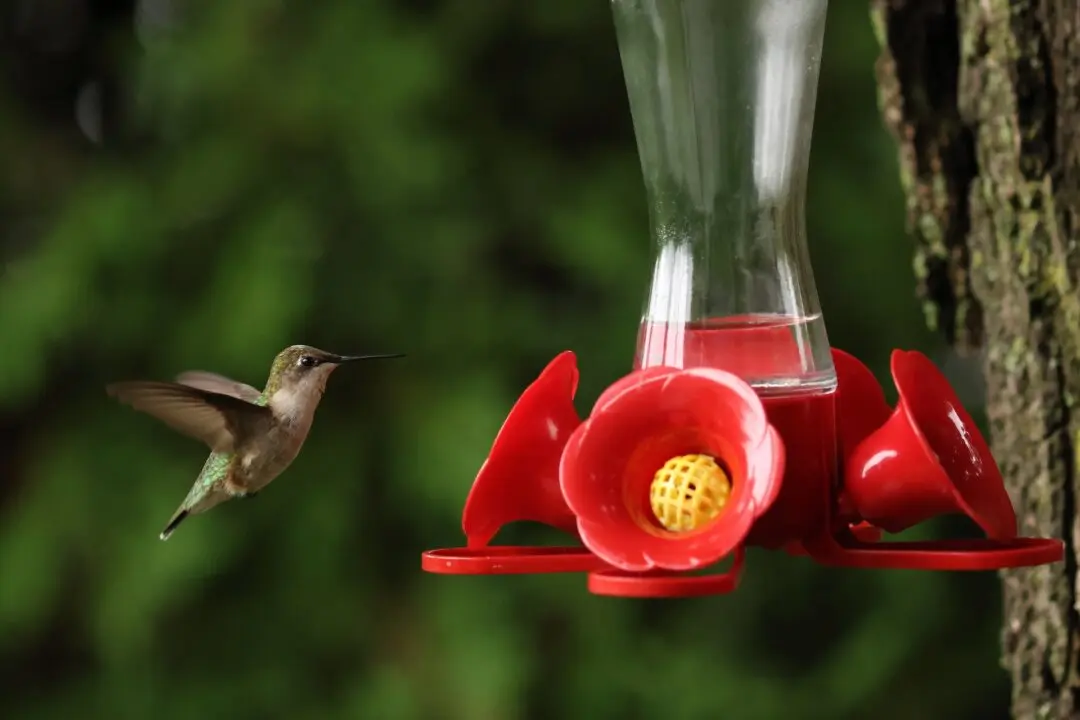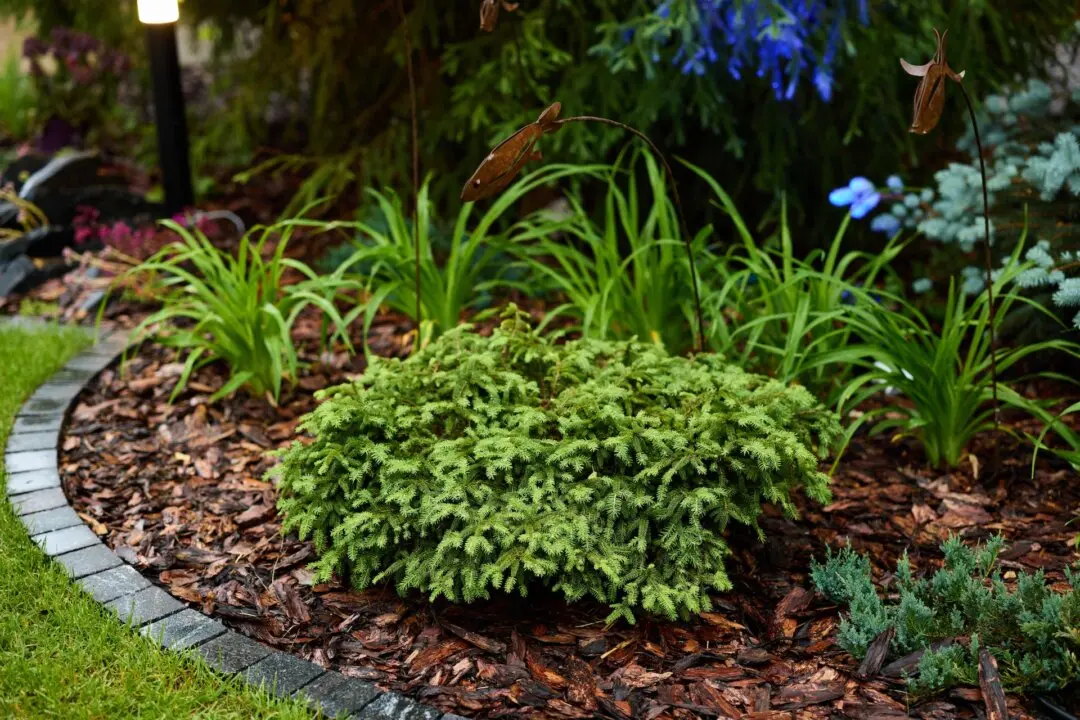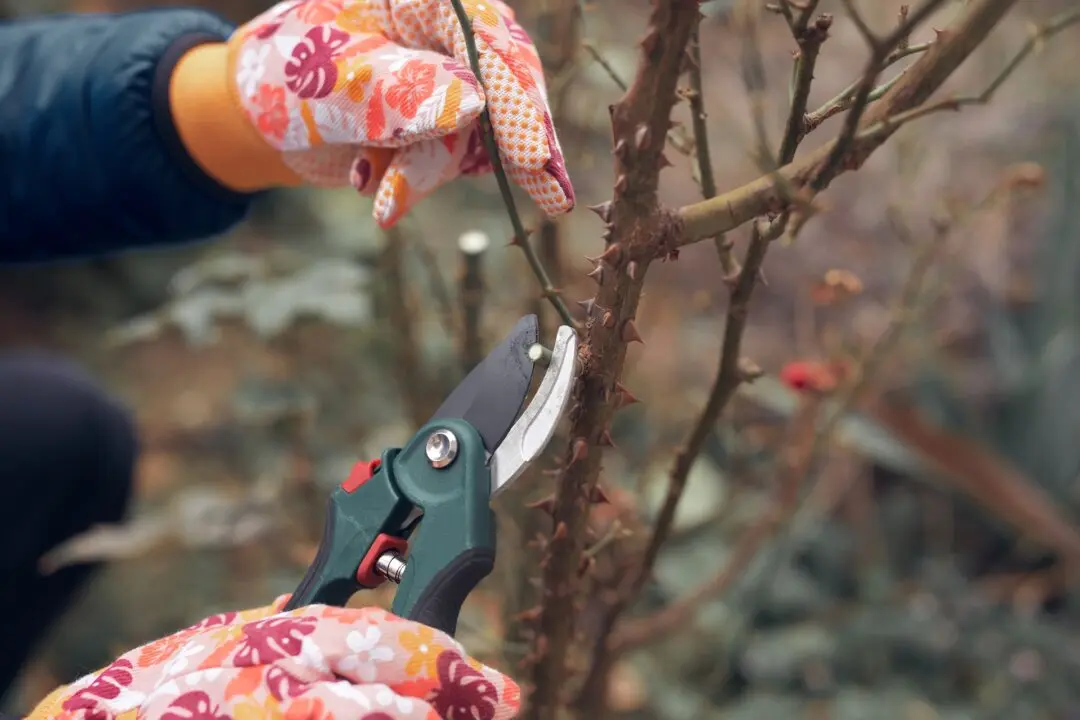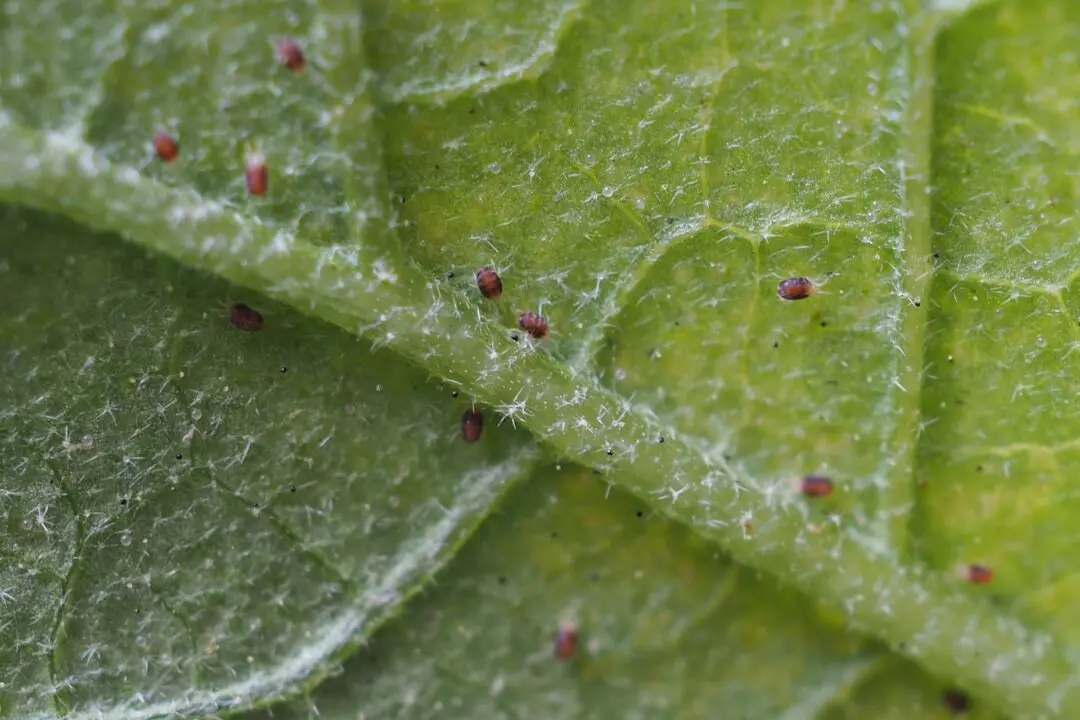Question: We have several bare areas where we want to plant something. We might be moving this summer, but maybe not until next year, so we don’t want to spend a lot. We have not had good luck with the packs of annual flowers in the past. How do we make annuals work?
Answer: Annual flowers are usually very easy to grow. They are, by definition, plants that need to be planted new each year. There are thousands of species that are very ornamental. You can also use plants that are long-lived, but do not tolerate a frost. Many of these tropical plants can be used as houseplants.





